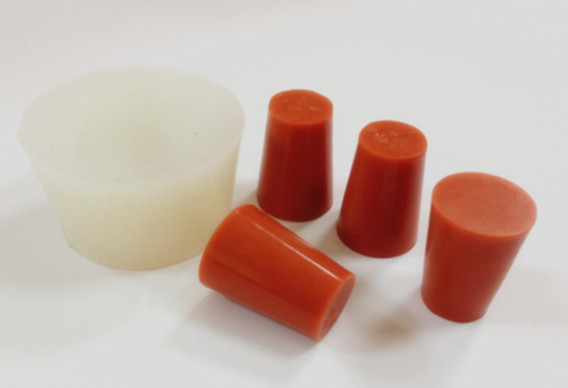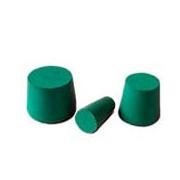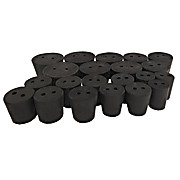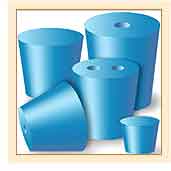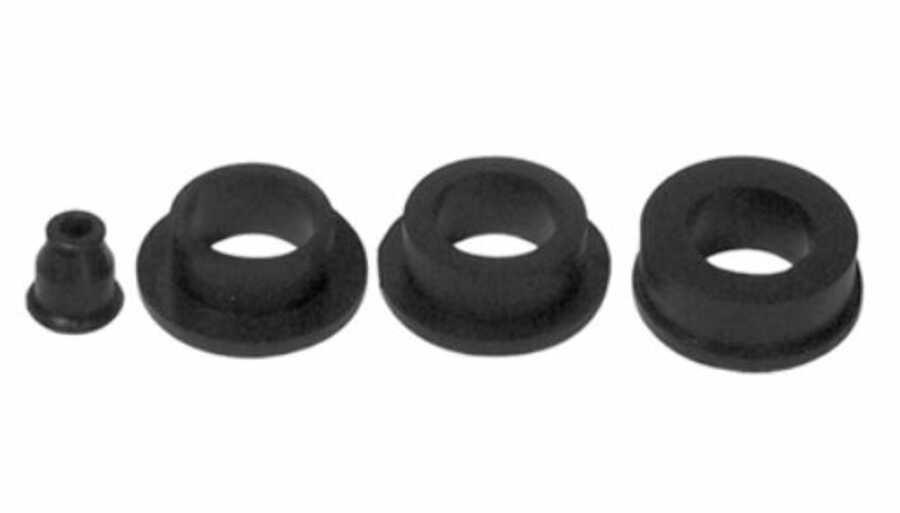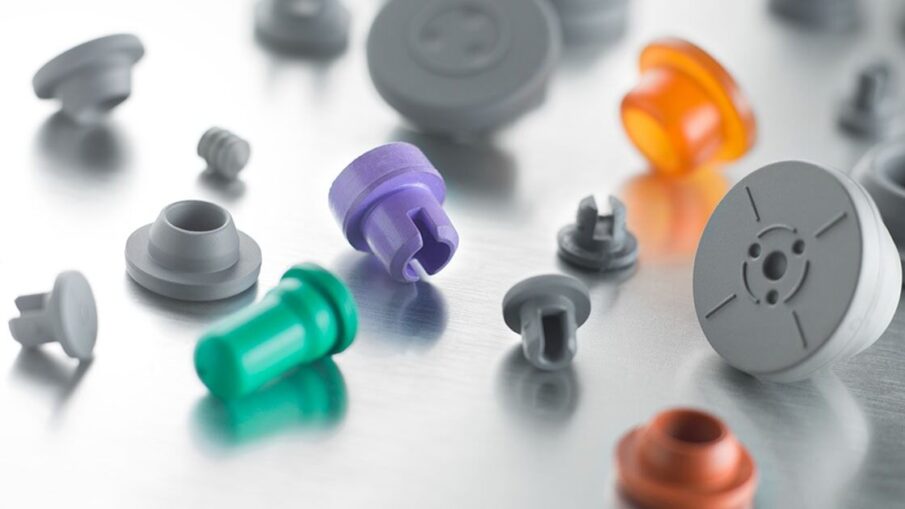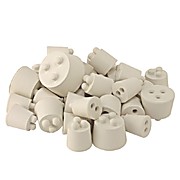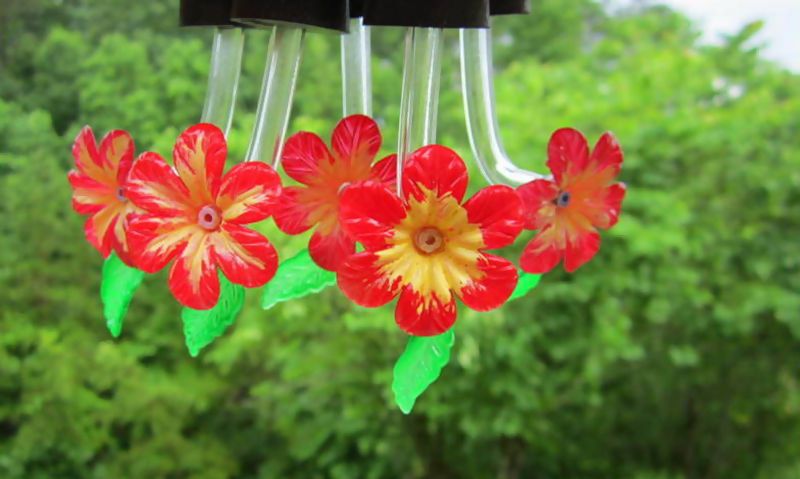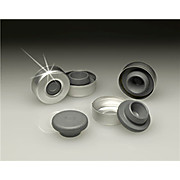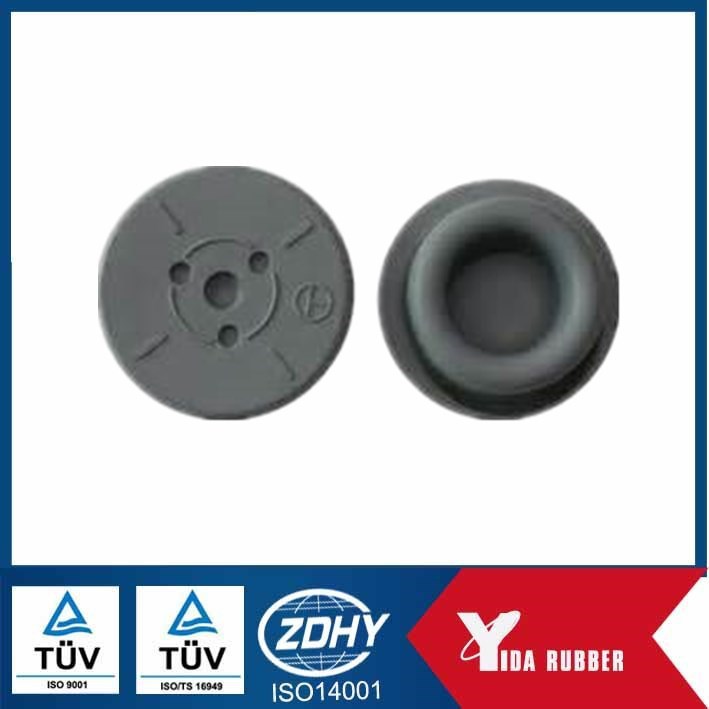Rubber Stopper Uses In Chemistry

Keep your chemistry experiments clean and safe with rubber stoppers.
Rubber stopper uses in chemistry. You ll need one or two hole rubber stoppers for those experiments and use 5 mm glass tubing to connect to other apparatus. In chemistry bungs made of hardened rubber are frequently used in small scale experimental set ups involving non corrosive gases some chemistry bungs may also include one or more holes so a glass tube or laboratory funnel may be inserted through the bung and into the container or another piece of apparatus. It is used to put in chemical substances solutions or solvents. It is designed as break resistant and is usually made up of heavy glass material.
Test tubes are used to observe chemical reactions mix solutions heat solutions melt or burn solids and perform chemical analysis. A test rubber stopper is used to close the tops of test tubes and flasks it s like a cork to close off narrow mouthed things like bottles test tubes and flasks except it s made of rubber and not. Glass tubing is usually inserted into stoppers to attach rubber tubing but it can also be used to splice two pieces of rubber tubing. Due to the increased use of rubber stoppers they are being produced on a large scale.
Evaporating dish used to recover dissolved solids by evaporation. Browse all stoppers solid one and two hole. Generally in laboratory the sizes of rubber stopper can be varied up to approximately 16 sizes and each of it is specific to certain type of container. Rubber stoppers can also prevent the contamination of.
These sturdy plugs fit tightly into test tubes or flasks to prevent chemical leaks and spills. The rubber bung may be used to seal a flask because the user may require the contents. The chemical compatibility of rubber is extremely important as the rubber can degrade rapidly if the rubber material is not compatible with the environment or media that it comes into contact with. Erlenmeyer flasks used to heat mix and store liquids.
Chemists frequently use rubber stoppers in their labs to plug flasks and test tubes. Many companies are producing custom sized rubber stoppers and other rubber parts to meet the requirements of different chemical companies. Rubber stoppers are being used in the chemical industries to store dangerous chemicals in a careful manner. A laboratory rubber stopper or a rubber bung is mainly used in chemical laboratory in combination with flasks and test tube and also for fermentation in winery.
The purpose of these stoppers is to prevent liquids and sometimes gases from escaping their containers as well as prevent contaminants from entering the containers. Normally liquid chemicals are contained within opaque bottles. Rubber stopper the primary purpose of a rubber stopper is to prevent a gas or liquid from escaping its container during a scientific experiment. See all test tube sizes.
The advantage to the erlenmeyer flask is that the bottom is wider than the top so it will heat quicker because of the greater surface area exposed to the heat. As the rubber stopper is used in many experiment some specific experiment.



